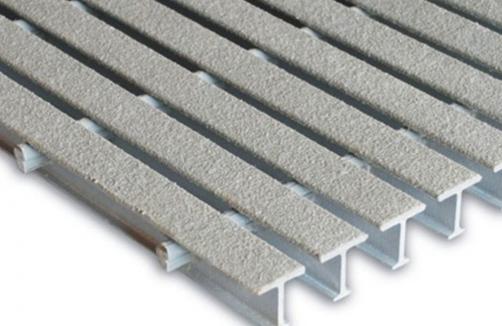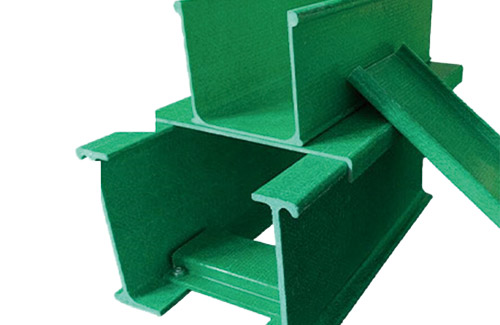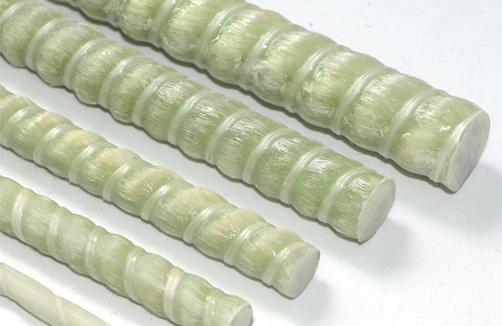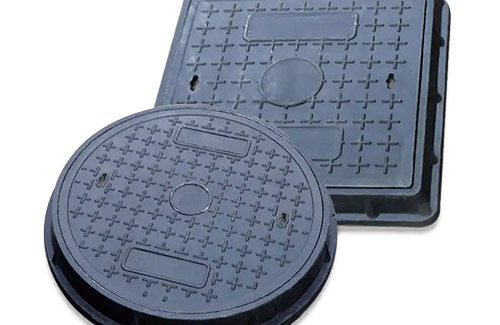In the realm of civil engineering, bridges have long served as crucial connectors, facilitating transportation and commerce while standing as iconic structures that reflect human ingenuity. However, traditional materials such as steel and concrete, though reliable, have their limitations in terms of durability, weight, and corrosion resistance. Enter Fiber-Reinforced Polymer (FRP) profiles, which are revolutionizing modern bridge design and rehabilitation with their unique blend of strength, lightness, and resilience.
Introduction to FRP Profiles
Fiber-Reinforced Polymers, or FRPs, are composite materials composed of a polymer matrix reinforced with strong fibers like glass, carbon, or aramid. These profiles exhibit exceptional properties including high strength-to-weight ratio, non-conductivity, resistance to corrosion, and low thermal conductivity. In bridge applications, these qualities translate into innovative solutions that address age-old challenges in bridge construction and maintenance.
Design Flexibility and Innovation
One of the most striking advantages of FRP profiles in bridge design is their versatility. Their lightweight nature allows for easier handling and installation, often without the need for heavy lifting equipment. This characteristic has led to the development of novel bridge designs that were previously impractical or impossible with conventional materials. For instance, pedestrian bridges can now be designed with thinner, more elegant profiles, enhancing aesthetics without compromising on strength or safety.
Furthermore, FRP's ability to be molded into complex shapes opens up new possibilities for architectural expression. Curved or irregularly shaped bridge components can be fabricated precisely to meet unique design requirements, offering architects and engineers an expanded creative palette.
Durability and Corrosion Resistance
Bridges are constantly exposed to harsh environmental conditions, making corrosion a significant concern, especially for metal structures. FRP profiles, being inherently corrosion-resistant, offer a sustainable alternative. Unlike steel, they do not rust or corrode when exposed to moisture, saltwater, or deicing chemicals, significantly reducing maintenance costs over the lifespan of the bridge.
In coastal areas or regions with severe winters, this feature becomes invaluable. By using FRP reinforcement bars or decks instead of steel, bridges can withstand the corrosive effects of seawater and road salts, prolonging their service life and ensuring public safety.
Rehabilitation and Strengthening of Existing Bridges
Beyond new constructions, FRP profiles are playing a pivotal role in the rehabilitation of aging infrastructure. Many older bridges, particularly those constructed with steel or concrete, require frequent repairs due to corrosion or structural degradation. By applying FRP wraps, laminates, or reinforcing bars to these structures, engineers can effectively restore or even enhance their load-bearing capacity without the need for complete demolition and重建.
FRP reinforcement is minimally invasive, allowing for rapid installation with minimal disruption to traffic flow. It also adds to the overall stability of the structure, increasing its resistance to seismic activities and other dynamic loads.
Cost-Effectiveness and Sustainability
While the initial cost of FRP profiles may exceed that of traditional materials, their long-term benefits often justify the investment. Reduced maintenance, longer service life, and faster installation times contribute to lower lifecycle costs. Additionally, the lightweight nature of FRP reduces transportation and handling expenses during construction.
From a sustainability standpoint, FRP profiles are environmentally friendly. They are made from recyclable materials and can themselves be recycled at the end of their service life, reducing waste. Moreover, their durability means fewer resources are expended on repair and replacement, aligning with global efforts towards green construction practices.
Conclusion
The integration of FRP profiles in modern bridge design and rehabilitation signifies a significant leap forward in civil engineering. By leveraging the unique properties of these advanced composites, engineers are overcoming historical limitations, designing structures that are stronger, lighter, and more durable. As we continue to push the boundaries of infrastructure development, the innovative use of FRP profiles will undoubtedly play a pivotal role in shaping resilient, sustainable, and aesthetically pleasing bridges for generations to come. With each successful implementation, FRP profiles further solidify their position as the future of bridge engineering.








